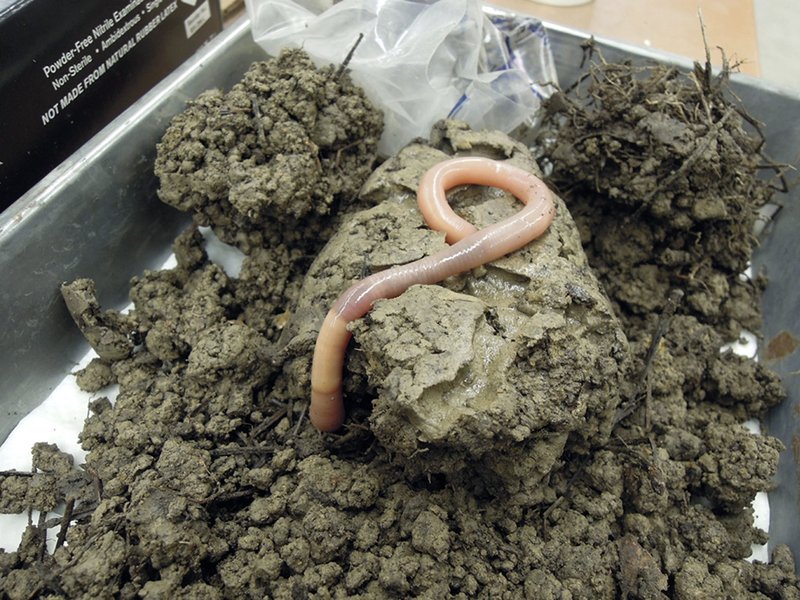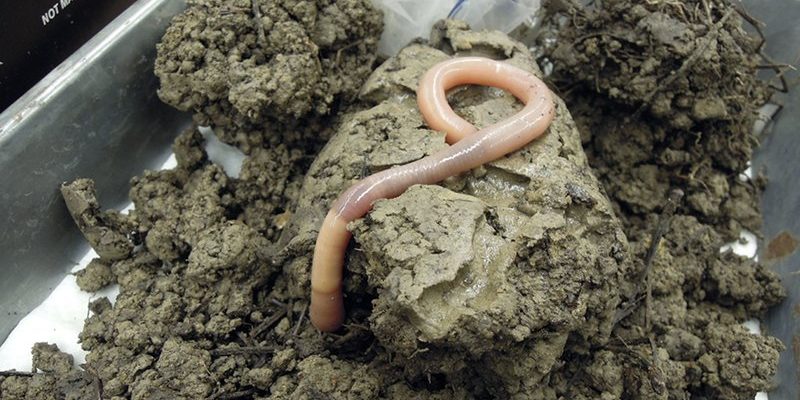
These fascinating worms are not just large; they’re also quite mysterious. Found in the Palouse region of the Pacific Northwest, they’ve been the subject of intrigue and curiosity. You might be wondering what makes them so noteworthy. Well, aside from their impressive size, they play a crucial role in the ecosystem. So, grab your coffee, and let’s dive into the curious world of the Giant Palouse Earthworm!
What Exactly Is the Giant Palouse Earthworm?
The Giant Palouse Earthworm (scientific name: *Driloleirus americanus*) can grow up to 3 feet long. That’s like having a little snake slithering through the soil! They’re unique not just because of their size but also due to their habitat in the Palouse Prairie, which stretches across parts of Washington, Idaho, and Oregon. Think of the Palouse as a lush green blanket covering rolling hills, where these worms thrive beneath the surface.
A neat fact is that these worms are not just big; they are also very pale, often described as an off-white color. This makes them blend in perfectly with the soil. You might not see them easily, but their presence is vital for the health of the soil. The earthworm’s burrowing activities aerate the soil and help in nutrient cycling, making them essential players in the ecosystem.
Why Are They Important for the Ecosystem?
You might be wondering, “What’s the big deal about these worms?” Well, think of the Giant Palouse Earthworm as nature’s gardener. They help break down organic matter, which enriches the soil. This process is crucial for plant growth. Without these worms, the soil would struggle to maintain its health, and the plants would have a tough time flourishing.
Moreover, their burrows create pathways for water to flow through the soil, preventing erosion and promoting healthier crops. Farmers in the Palouse region often rely on these worms to keep their land fertile. So, in essence, these giant worms are unsung heroes that contribute to agricultural success and biodiversity.
Habitat and Distribution
The Giant Palouse Earthworm is native to the Palouse region, which has a unique climate and soil composition. Picture rolling hills and deep soils enriched with nutrients—that’s their home. However, their habitat is declining due to urban development and agricultural expansion. It’s like losing a piece of a beautiful puzzle.
These worms typically live in deep burrows, often several feet below the surface. They prefer soil that is moist and rich in organic materials. Unfortunately, with the increasing pressure from land use, their specific habitat is at risk, making conservation efforts essential for their survival.
Behavior and Lifespan
When it comes to behavior, the Giant Palouse Earthworm is as fascinating as it gets. Unlike many other earthworms, they are believed to be relatively slow-moving. They spend most of their time underground, which keeps them safe from predators but makes them somewhat elusive for researchers.
One interesting tidbit is that they are thought to live for several years—some estimates go up to 6 years or more! This lifespan allows them to play a sustained role in their ecosystems. During the wetter months, they might come close to the surface, especially after rainfall, which could just intrigue a curious onlooker wanting to catch a glimpse of these giants.
Conservation Status
Unfortunately, the Giant Palouse Earthworm is currently listed as a species of concern. The loss of habitat due to agricultural practices and urbanization has greatly affected their population. It’s like trying to find a needle in a haystack; as their numbers dwindle, spotting one becomes increasingly rare.
Conservation efforts are vital to ensure their survival. Organizations are working to protect and restore their habitats by promoting sustainable agricultural methods. Initiatives focus on maintaining biodiversity and preserving the delicate balance of the Palouse ecosystem. By supporting these efforts, we play a part in saving such a remarkable species.
How to Spot a Giant Palouse Earthworm
So, you’re thinking, “How can I find one of these elusive giants?” Well, if you ever visit the Palouse region, look for specific signs. After a good rain, you might spot them emerging to the surface. Be on the lookout for long, pale bodies crawling about.
But here’s the thing: if you do see one, please take care not to disturb it. These worms are sensitive creatures, and handling them can be harmful. If you’re really interested, consider joining a local naturalist group or a guided tour that focuses on the unique wildlife of the area. This way, you can learn more without putting the worms at risk.
Final Thoughts on the Giant Palouse Earthworm
The Giant Palouse Earthworm is not just another earthworm; it’s a vital part of its ecosystem and a fascinating creature to learn about. From their impressive size to their important role in soil health, they capture the imagination of many who take an interest in nature.
Honesty, we often overlook these small wonders of the natural world, but they have so much to teach us. By understanding and protecting the Giant Palouse Earthworm, we help sustain the beautiful ecosystem they call home. The next time you think about soil, remember these gentle giants and the big impact they have under our feet.

